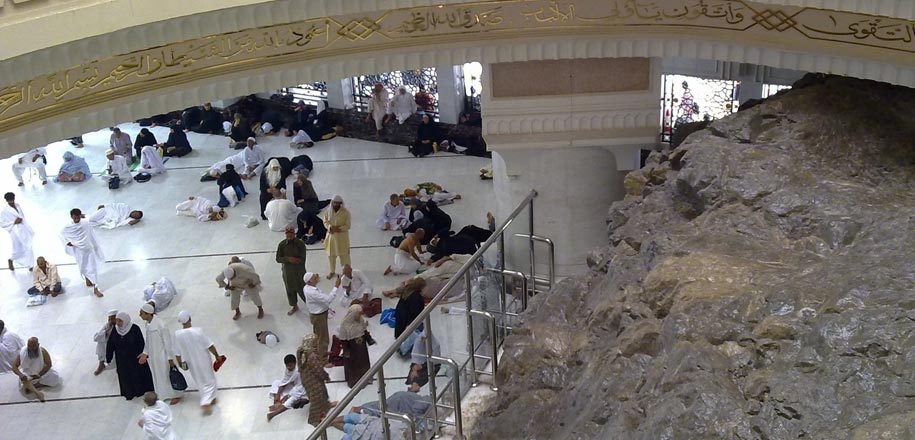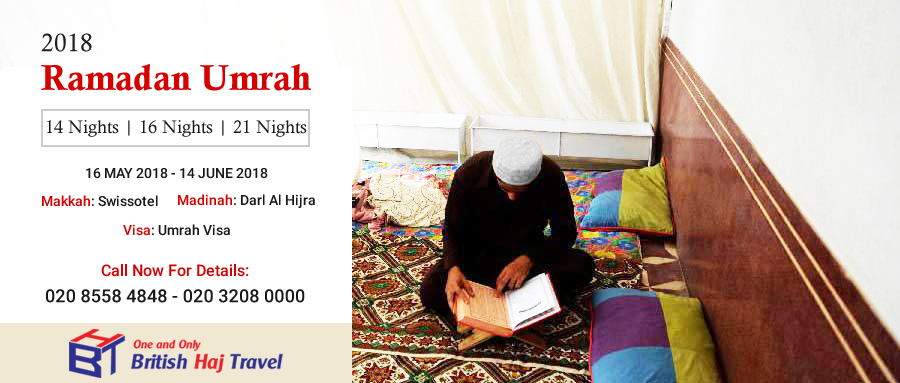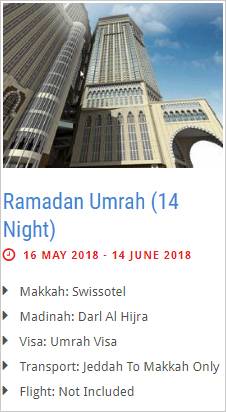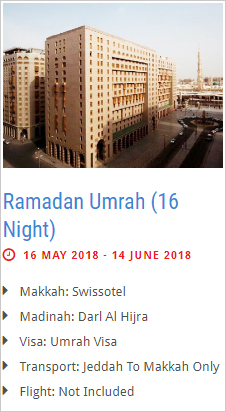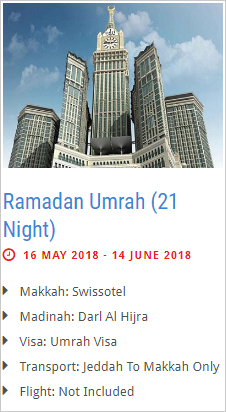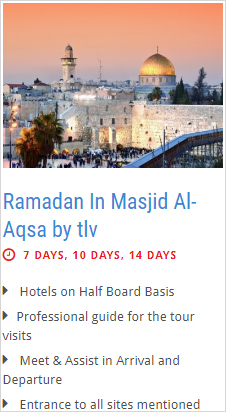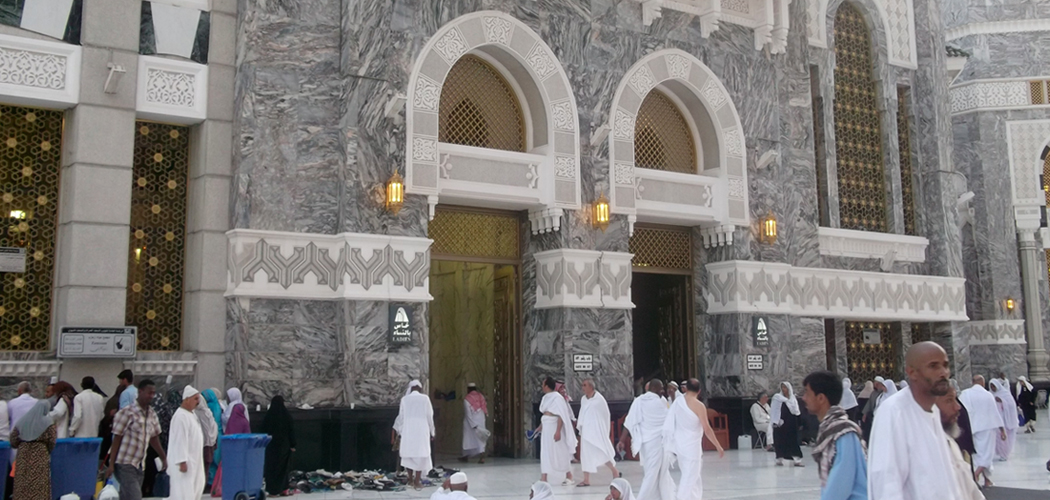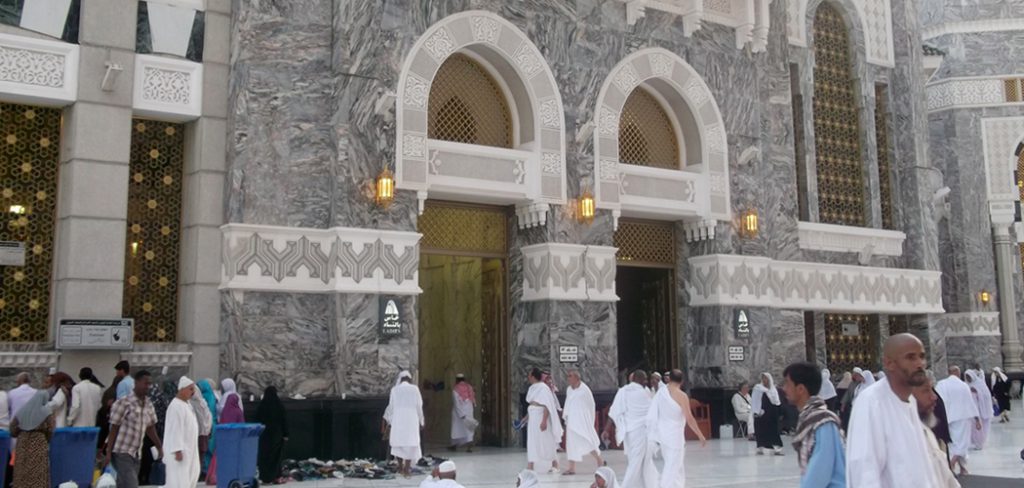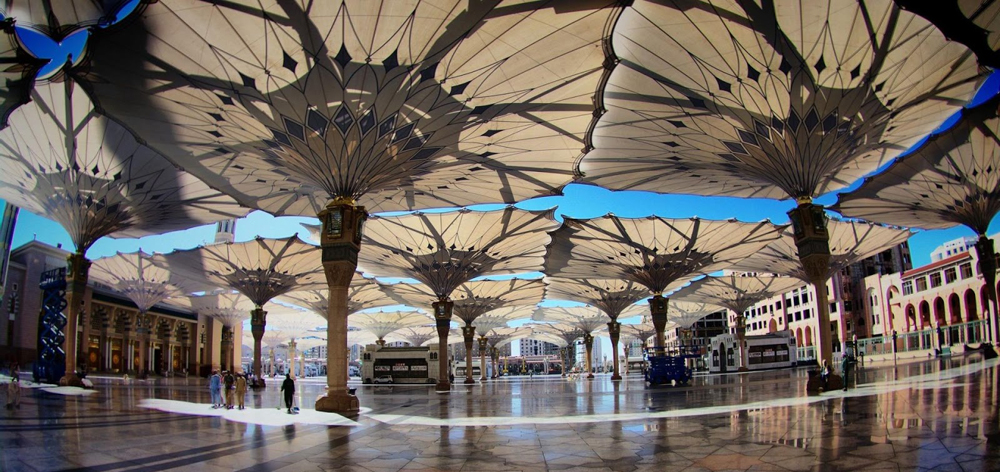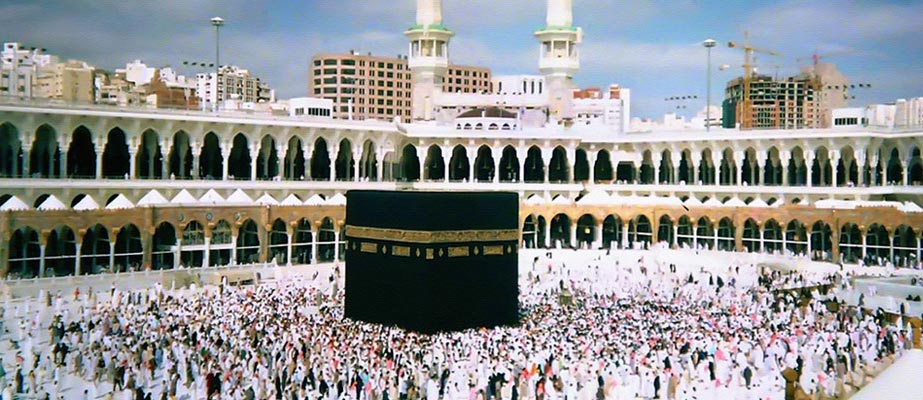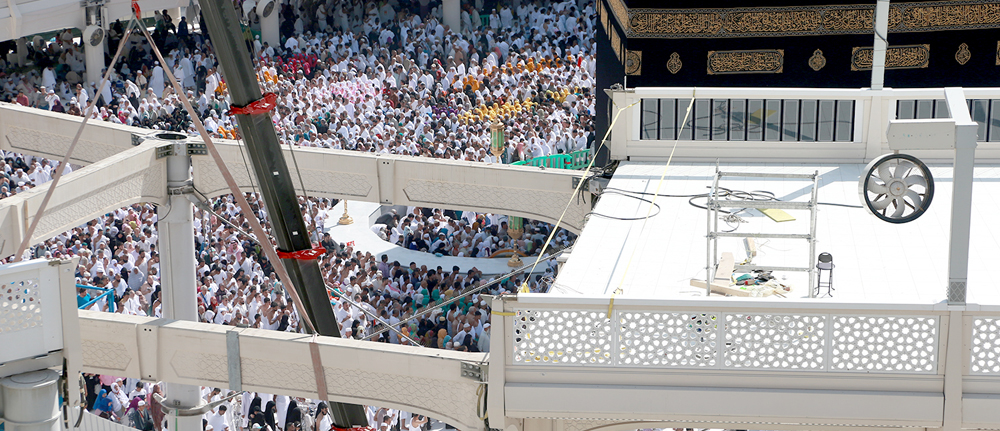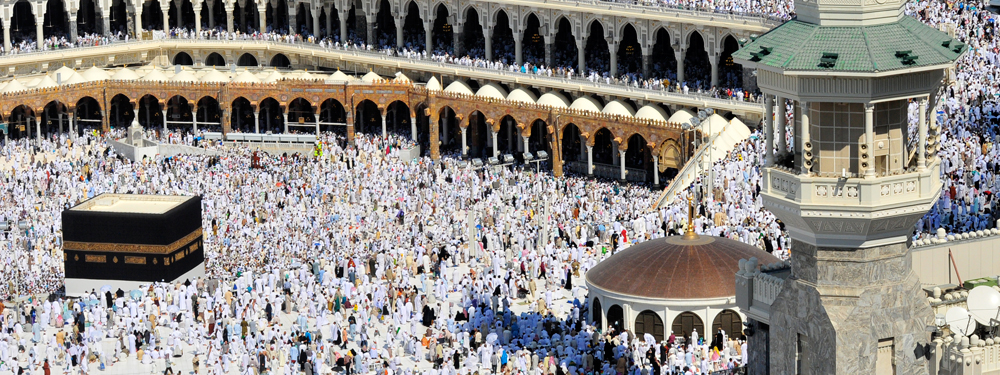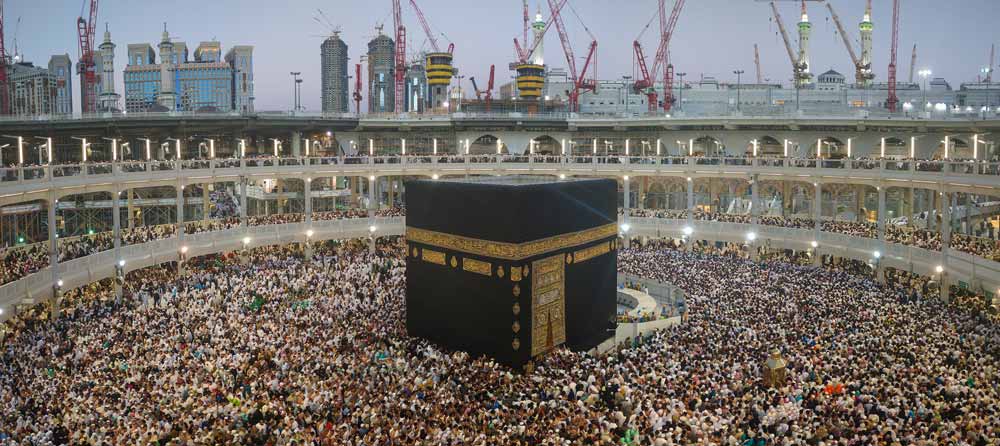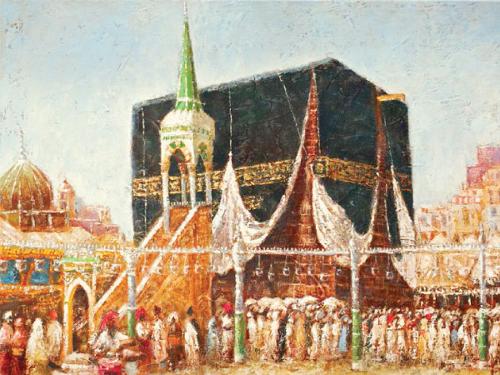Pieces of advice that are offered to would-be pilgrims before their departure toward the holy sites to perform Hajj or Umrah are of great importance. However, pieces of advice differ and stories and experiences told by those who had already performed Islam’s fifth pillar are ranked first in utility. They lived the experience and performed the rites and surely their stories are paramount to would-be pilgrims. From this standpoint, we decided to make regular interviews with persons who had the opportunity to perform Hajj to share their emotions and feelings during the Hajj period.
Our guest today is Mr. Al-Hassani, one of the residents of the county of Bouzelfa. He originally comes from Sidi Alwan from Mahdia (a city in Tunisia), and he has offered us some photos of his personal experience of his Hajj trip. Al-Hassani says that what pushed him to perform the Hajj is that Hajj is the fifth pillar of Islam and it is important as the other pillars. He said that each Muslim who has got the financial means and health by which he/she can go to the Hajj should go even if he/she still younger. No one can guarantee tomorrow and the whole world belongs to Allah, the Almighty.
As far as his preparations for the Hajj are concerned, Al-Hassani said that he felt a strong desire pushing him to visit the holy sites and perform Hajj. He said that his feelings cannot be described especially when he realized that he was chosen among millions of Muslims to perform the Hajj. He said that learning the rites is the product of the culture which he gained when studying and when watching television and in mosques too. He said that he has done his best to be restricted to the Sunnah and that he has tried to perform the Hajj as the Prophet (peace and blessings of Allah) did.
Describing his feelings when he first entered the Grand Mosque in Mecca and the moment of seeing the holy Ka’abah, he said that the situation was similar to the Day of Judgment and that one feels unprecedented respect and reverence for the sanctity of the place. He added that words sometimes cannot convey meanings and describe such situations. Hajj Al-Hassani said that the greatest treaty between men and his creator is the divine promise to wash out one’s previous sins and from here on it is necessary for one to respect his commitment and this treaty. Hajji Al-Hassani concludes by saying that entering the Grand Mosque and seeing the holy Ka’abah will always remain as the best moments he ever lived.
Umrah Packages | Hajj Packages | Ramadan Umrah Packages | December Umrah Packages
Source: go-makkah.com
